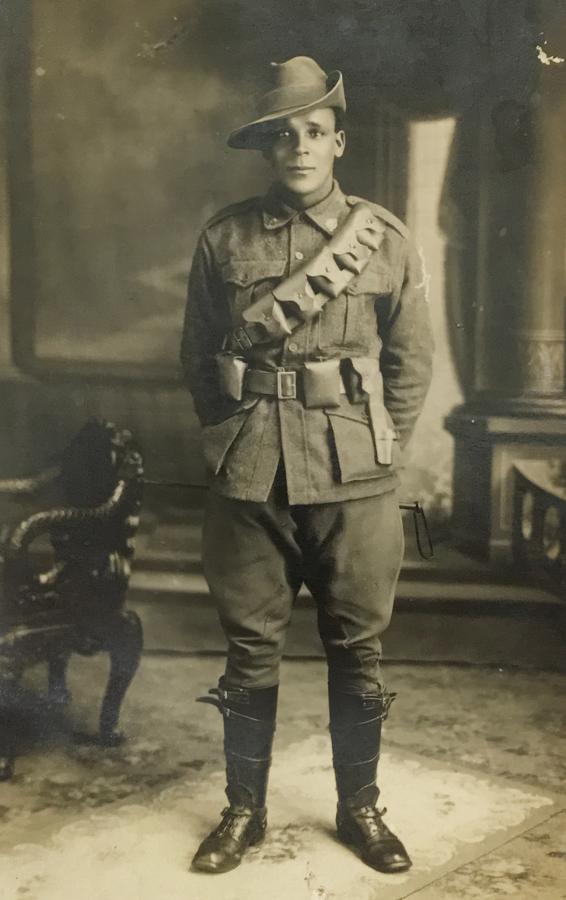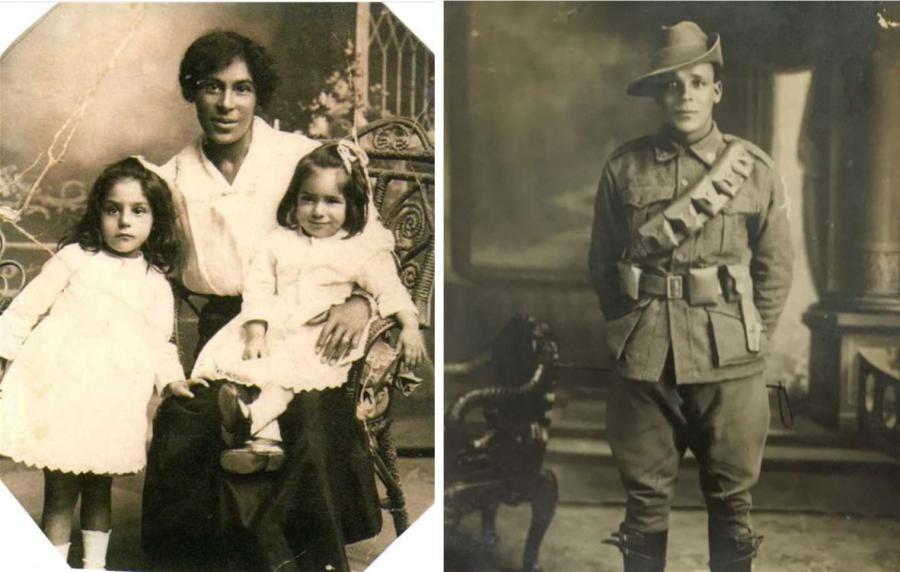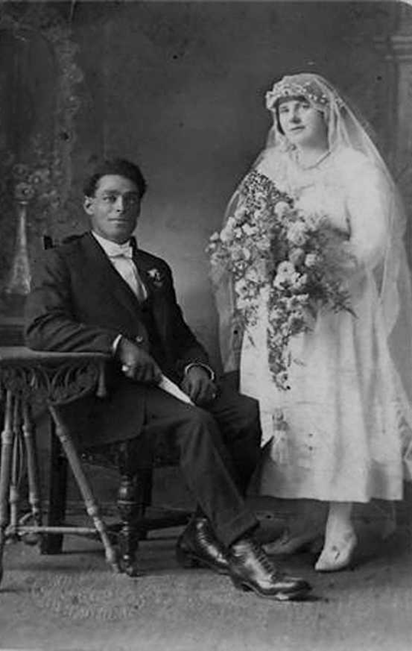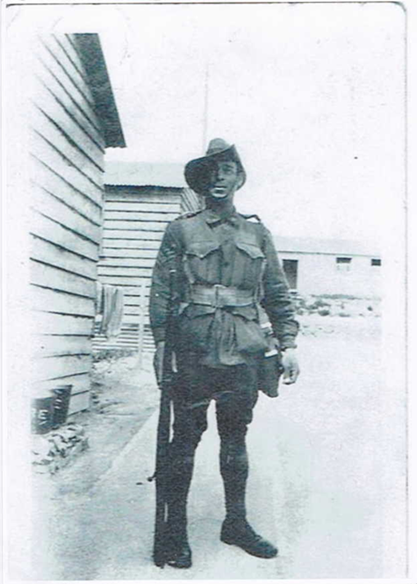'I think we may have found our man'

The soldier in the photograph could be Sergeant Alfred Parmer/Palmer Williams (117) who served in the 10th and 50th Battalions during the First World War. The uniform the man is wearing fits with Williams's service history.
The mystery surrounding the identity of an Australian soldier whose photograph was found in a trunk in Port Adelaide may have been solved.
The discovery follows a nation-wide appeal by the Australian War Memorial’s Indigenous Liaison Officer Michael Bell, shedding light on a previously unknown story of service during the First World War.
“There was a great deal of interest and we were overwhelmed by the response,” Bell said. “The story obviously touched so many people, and I think we may have found our man.”
Bell now believes the photograph, found in a trunk at the home of Dorothy Prisk in Port Adelaide, is of Sergeant Alfred Palmer/Parmer Williams, an Australian soldier of African-American descent, whose sister was married to one of Dorothy’s brothers.
The trunk in which the photograph was found contained memorabilia from several members of Dorothy's immediate family, including her brother, Henry James Belton (known as “Harry”), who served during the First World War with Alfred Parmer Williams.

Alfred Parmer Williams's sister Dorothy with two of her children, left, and the mystery soldier, right. Alf's sister Dorothy was married to one of Dorothy Prisk's brothers, James Belton.
“We couldn’t tell who the man was from the photograph, but we hoped that someone out there would know,” Bell said.
“There was a great deal of interest and we now believe the man in the photograph is actually Alfred Parmer Williams.
“It shows how diverse the men of Anzac were.”
Alfred Parmer Williams was born in June 1892 at Alberton, Port Adelaide, and was working as a labourer when he enlisted in August 1914.
He served alongside Dorothy’s brother Harry in the 10th and 50th Battalions on Gallipoli and the Western Front and died at Woodville, South Australia, in July 1970.
It appears his son – Alfred “Bill” Parmer Williams – enlisted during the Second World War using Alf’s date of birth and military record.
“His height, eye colour and religious denomination change between the two world wars, so we believe the man who enlisted as Alfred Parmer Williams in October 1939 was actually his son – Alfred “Bill” Parmer Williams,” Bell said.

Alf married Margaret "Peggy'" Stewart Gillespie at St Ignatius Church, Payneham, South Australia.

This photograph is believed to be of Alf's son Alfred "Bill" Parmer Williams (S212616).
A proud Ngunnawal/Gomeroi man, Bell is attempting to discover the identities and stories of what are believed to be several thousand Indigenous men and women who served in the Australian armed forces.
“Thanks to help from interested members of the public and other cultural institutions like the National Library of Australia, we were able to identify the man in the photograph as Alfred Parmer Williams, a man of African-American descent, and also learn about a number of Indigenous soldiers who hadn’t yet been identified.”
These included the Moore brothers of Port Adelaide who enlisted during the First World War. Frederick was killed in France while serving with the 48th Battalion and his younger brother Ernest was killed on Gallipoli while serving with the 5th Battalion.
“It’s a great result for us because it shows how interested the community is in Indigenous service,” Bell said.
“We received a lot of help and advice from family history researchers as well as other cultural institutions and organisations, and we’re really thankful for that.
“It is a story that is little known, and deserves to be widely known.”
Michael Bell can be contacted via michael.bell@awm.gov.au